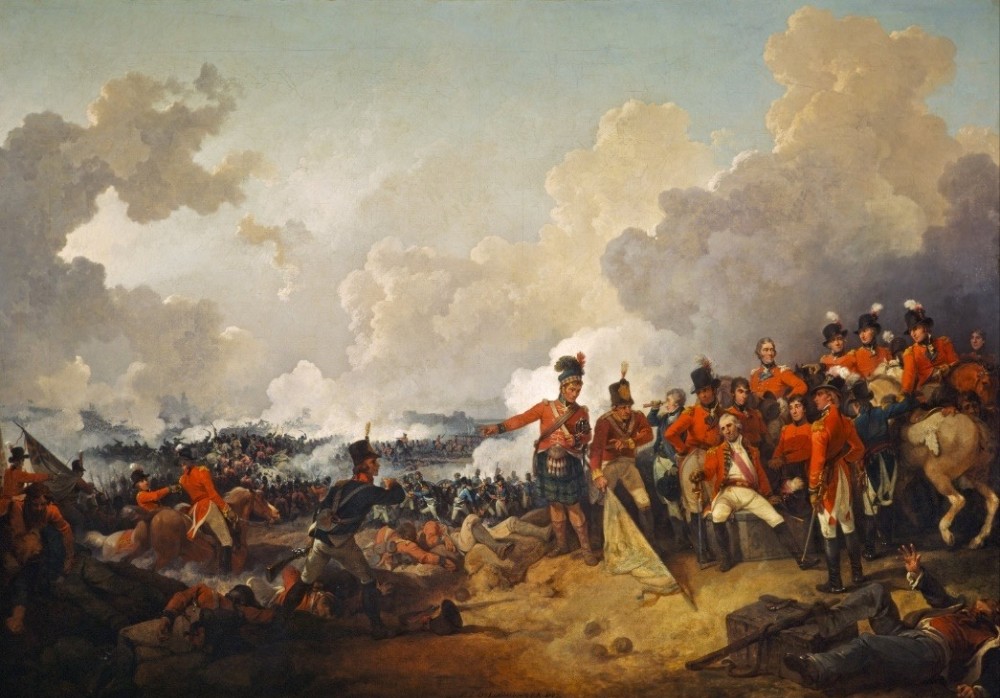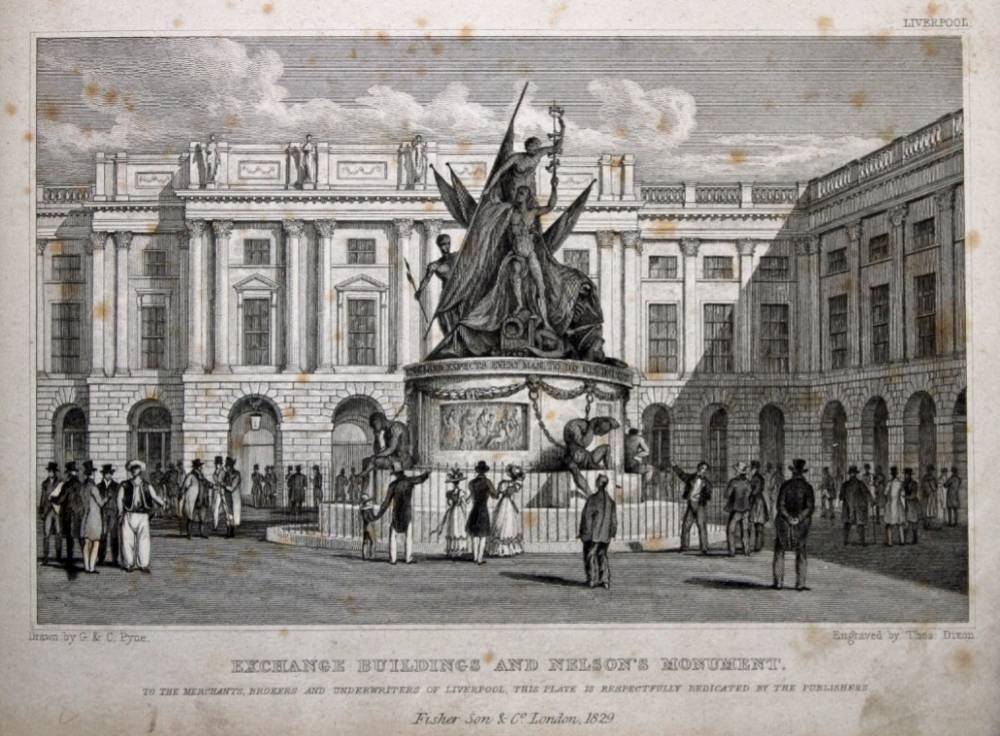History of 19-23 Abercromby Square
Panel 2: Origin of the Square
Gen. Sir Ralph Abercromby was a Scottish soldier who served in the Seven Years’ War, and the war with Revolutionary France. He studied law in Germany, which he gave up for a Cornet’s Commission in the Dragoon Guards. Gaining experience on the battlefields of the Seven Years’ War, he was later appointed to command forces in the West Indies adding Trinidad and Tobago to Britain’s colonies. His next commands were in Ireland and Scotland, and in 1801 he was sent to ‘dispossess’ the French from Egypt. Landing successfully under heavy enemy fire at Aboukir Bay, Abercromby was mortally wounded at his subsequent victory over the French at Alexandria, dying aboard the ship.
Early 19th century Liverpool acted as a hub for trade, particularly in the sugar and cotton industries, attracting strong international trade links, first from the West Indies and then America. With the opening of the Exchange Building in 1808, the cotton industry became the dominant trade in the city. Many businesses that grew around these imports and exports, such as insurance and brokerage, saw the rise of an affluent merchant class. For the families of the gentlemen or merchants, new spacious residences were sought which would reflect their growing wealth and social standing among their peers. These families often were merchants from abroad or attracted to the city by business opportunities. It was these same leading Liverpool families who moved into what is now 19-23 AS.

Fig 2.1 The Battle of Alexandria, 21 March 1801 by Philip James de Loutherbourg (Scottish National Gallery)

Fig 2.2 The Exchange Building and Nelson’s monument, 1808 (Liverpool Central Library and Archives)
Link: British Archives Online: Liverpool Through Time https://microform.digital/boa/collections/8/liverpool-through-time-from-slavery-to-the-industrial-revolution-1766-1900
References
Dunfermline, J. (1861) Lieutenant -General Sir Ralph Abercromby KB 1793-1801: A Memoir by his Son. Edmonston and Douglas.
Gore, J. (1827) Gores’ Liverpool Directory and its Environs. 269. British online Archives. https://microform.digital/boa/documents/1386/gores-directory-of-liverpool-and-its-environs-1827
Lawton, R. (1995) The Population of Liverpool in the Mid-Nineteenth Century. Transactions of the Historic Society of Lancashire and Cheshire, 107(1), 89-119.
Phelps, A. et al (2016) The Textile Mills of Lancashire: The Legacy. https://historicengland.org.uk/images-books/publications/textile-mills-lancashire-legacy/textile-mills-lancashire-legacy/